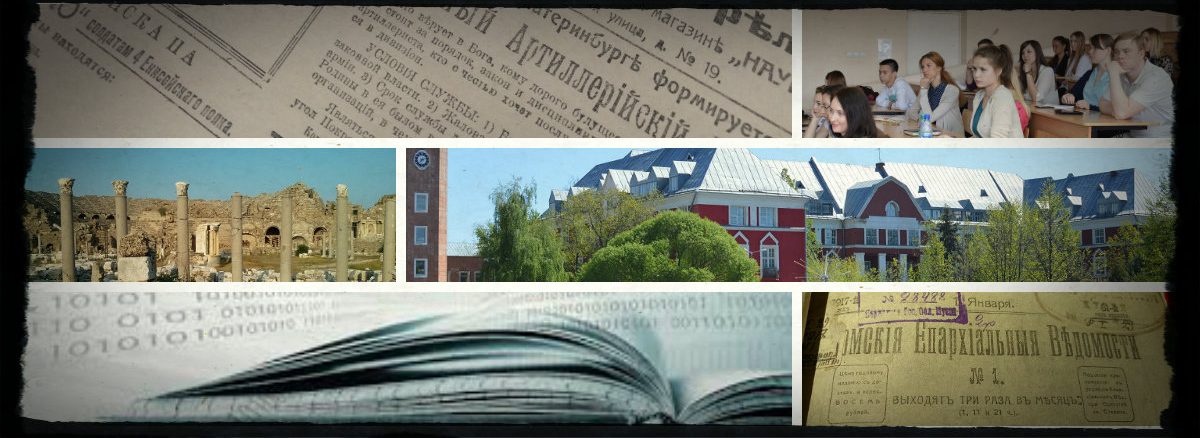Адрес (если есть): socialarchive.iath.virginia.edu
Режим доступа:
Организация: California Digital Library, The University of California
Город, страна: , США
Авторы:
Год создания:
Назначение:
Полнотекстовость: не указано
Тип:
Тип источников:
Источники:
Подход к созданию: не указано
Область знания:
Область истории:
География:
Хронология:
- период:
- века: ..
- годы: ..
Программное обеспечение:
Объем (в записях):
Язык интерфейса:
Количество пользователей: коллективного использования
Ключевые слова:
Описание:
Addressing a Longstanding Research Challenge
SNAC is addressing a longstanding research challenge: discovering, locating, and using distributed historical records. Scholars use these records as primary evidence for understanding the lives and work of historical persons and the events in which they participated. These records are held in archives and manuscript libraries, large and small, around the world. Scholars may need to search scores of different archives one by one, following clues, hunches, and leads to find the records relevant to their topic. Furthermore, descriptive practices may differ from one archive or library to another. The research is time consuming and inefficient: clues and leads may be easily overlooked and important resources undiscovered.
The data needed to address this research challenge already exists in the guides, catalogs, and finding aids that archivists and librarians create to document and provide access to the archival resourcess. It is buried in isolated guides and finding aids that are stored in different, isolated systems.
Establishing a Framework: Phase 1
In 2010, with funding from the U.S. National Endowment for the Humanities, SNAC began to explore the feasibility of extracting the data in the record descriptions that describes the people who created or are documented in the records. This data was then assembled into a collection of descriptions of individuals, families, and organizations that are interrelated with one another and with the resources that document their lives. The collection of records was then used to build a prototype research tool that 1) integrates and simplifies access to the dispersed resources and 2) provides unprecedented access to the biographical-historical contexts of the people documented in the resources, including the social-professional-intellectual networks within which they lived.
It quickly became apparent to the SNAC team that, while it was quite feasible to extract the data and use it to build a research tool, computational techniques alone would not fully realize the potential power of the assembled data to both transform research and improve the economy and effectiveness of archival descriptive practices. To fully realize these complementary objectives, it would be necessary to develop an ongoing, sustainable international cooperative that would enable archivists, librarians, scholars, and, eventually, “citizen archivists” to maintain and add biographical-historical data and to extend the scope of the people and historical resources covered.
Establishing a Framework: Phase 2
With additional funding from the U.S. Institute for Museum and Library Services and the Andrew W. Mellon Foundation, SNAC continues its research and development work, increasing the quantity and diversity of the sources data and improving the technical methods. The team is in the planning phase of transforming this research into an international cooperative hosted by the U.S. National Archives and Records Administration.
Публикации о системе:
Статьи о системе не найдены
Поиск систем по параметрам
